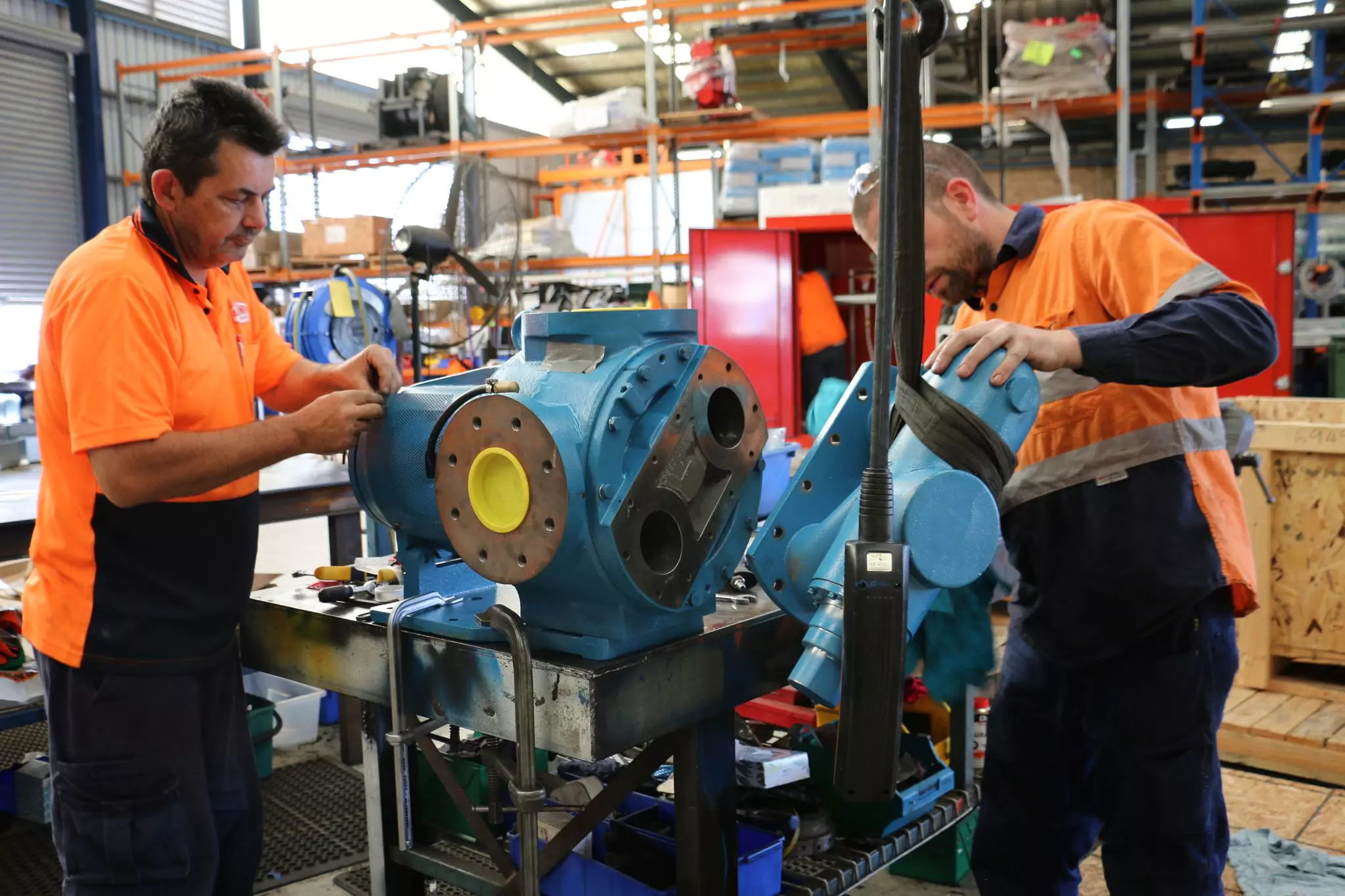We all know that when a pump operate at its Best Efficiency Point (BEP), it is least prone to failure and its life expectancy is greatest.
But what will happen when we operate a pump off its BEP? What are the problems?

Best Efficiency Point is Best Operating Point
It is important to note that efficiency is not the only reason BEP should be the preferred operating point, although higher hydraulic efficiency means lower cost per litre.
When a pump operates as close to its BEP as possible, it is also least prone to failure thus has the greatest life expectancy. A longer lasting pump means more bang for your buck.
In all, operating a pump at its BEP gives you lower operating cost and lesser maintenance/replacement cost.
The Undesired Effects
Under ideal circumstances, a pump will not operate at flows greater than BEP plus 10% or flows less than BEP minus 10%. While we try not to stray too far from the BEP, in reality, most pumps operate away from the BEP to one degree or another, and this is acceptable for intermittent duty.
There are many consequences when operating your pump too far to the left or right of its Best Efficiency Point for a sustained period of time.
Cavitation
Cavitation is caused by the formation of vapour bubbles which violently collapse, eroding impeller surfaces. Depending on your pump, it can occur when operating the pump to the far right of the BEP. In other words, cavitation can occur when you increase the workload of the pump to pump more fluid.
For most centrifugal pumps, as the flow increases beyond the BEP, the Net Positive Suction Head required (NPSHr) also increases. When the NPSHr exceeds the Net Positive Suction Head available (NPSHa), there will be more formation of vapour bubbles and cavitation occurs.
Vibration
Many factors, including cavitation, can cause vibration and it can create bending moments in the shaft, resulting in poor pump performance and risk of shaft failure.
Excessive vibration can occur when pumps operate too far to the right of BEP. It can also occur due to higher bearing loads associated with pump operation closer to run-out or shut-off conditions.
Impeller Damage
As mentioned above, cavitation causes impeller damage and excessive vibration could potentially cause the rotor to make contact with the casing.
As the vapor bubbles, formed during the onset of cavitation, migrate to the higher pressure regions of the impeller, they implode with enough force to send shock waves to the surrounding area which in turn breaks molecules from the parent metal, leaving behind the telltale signs of cavitation – pitting and erosion.
Suction & Discharge Recirculation
Depending on the hydraulic design of the pump, suction & discharge recirculation happens when the fluid does not flow through the pump properly.
This phenomenon causes significant instability and can reduce flow. The damage caused by suction or discharge recirculation resembles cavitation and can lead to catastrophic failure of the pump when portions of the impeller inlet or discharge vanes fatigue and fail by breaking off.
Reduced Bearing and Seal Life
Reduced bearing and seal life can occur as a result of recirculation and cavitation and will increase the maintenance costs as these components will need to be frequently replaced.
The rotor instability that occurs at off-BEP operation can lead to shaft failures, premature packing wear, mechanical seal failures, or simply higher bearing temperatures leading to premature lubrication breakdown.
Conclusion
In our never-ending quest for higher efficiency, we often make modifications to the existing pumps so we can get their BEP to coincide with the duty point of the pumping systems.
Please very careful when you’re doing this. If in doubt, talk to your pump manufacturer about the pump curve or get in touch with a reliable pump service team.



